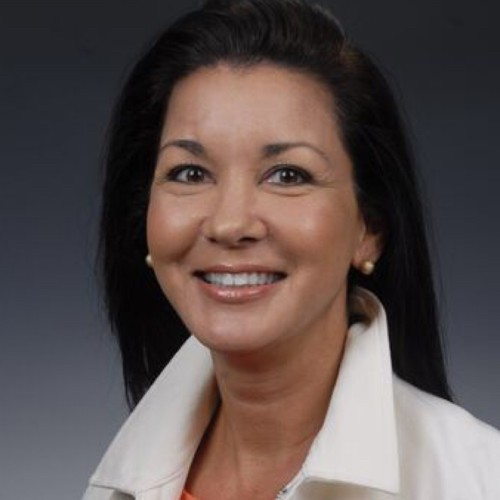
Louise Saladino
Saladino Consulting Healthcare Executive Coaching, USA
Abstract Title: Nurses, the Time to M.O.V.E is Now! A Simple 4-Step Coaching Approach to Overcoming Complex Practice or Performance Issues through Mindfulness, Optimism, Vision and Execution
Biography:
Dr. Saladino’s career focus has been driving improvements in hospital systems of care delivery, through an approach that elevated the voice of the frontline staff. Early in her leadership journey, she found traditional performance management models ineffective. She created, instead, a performance coaching model. This paradigm shift moved from a traditional problem focus to an identifiable and achievable solution state. The model simplifies many complex theories of performance management and can be used as a personal, team or organizational tool. The coaching approach removed management stigmas and created cultures of empowerment and co-ownership to solve complex challenges in care delivery.
Research Interest:
The current state of healthcare is frought with complex challenges which can impact staff and leaders, through decreased productivity, an inability to meet unit or organizational goals or even burnout and subsequent turnover. Over 60 percent of nursing staff reported burnout in 2024 and almost 50 percent of nurse managers report burnout and a lack of work/life balance. Leaders understand relationship building is critical to ensure staff feel heard and valued and is best accomplished through regular and supportive interaction with their teams. Most organizations expect that leaders include regular one-to-one and staff meeting schedules in their management priorities. Most performance management programs have similar requirements: communication of clear organizational goals, timely performance feedback, identification of improvement opportunities, necessary education and open communication to build trust. This structured approach to spending time with staff is ideal, but may not be consistently executed when leaders manage multiple complex departments, processes and people. The M.O.V.E. Model was created to use theories of Mindfulness, Optimism, Vision and Execution to ensure time spent with staff is meaningful and outcome driven. It provides a simple 4 step process that aligns more with a coaching model. The leader supports the flow of discussion, supporting staff to explore ideas and possible solutions. Staff feel empowered to own their practice and it becomes more of a personal goal not a directive for performance. This allows a shared mental model for staff to support each other in unit interactions, whether in one-to-one communications, council or staff meetings. You will watch staff M.O.V.E. each other forward from problem to solution. In larger unit or organizational issues, the leader can add to next meeting agenda and ask staff to bring ideas how to M.O.V.E. this issue. The ease which staff navigate from problem to solution is evident in positive unit/organizational outcomes.
